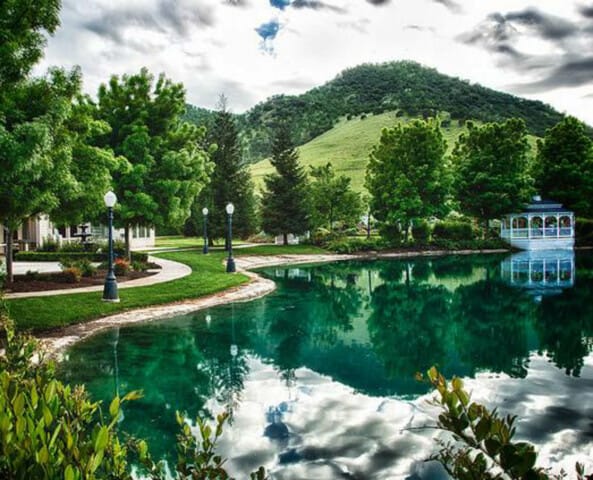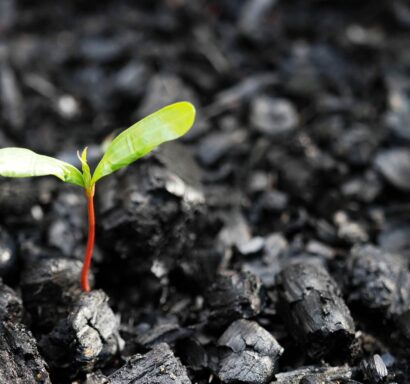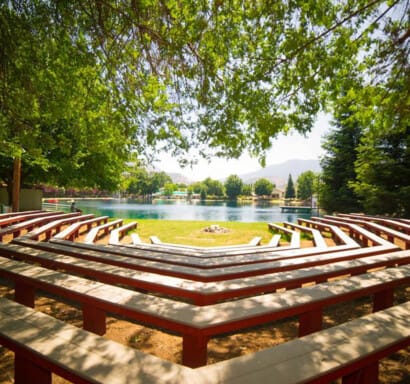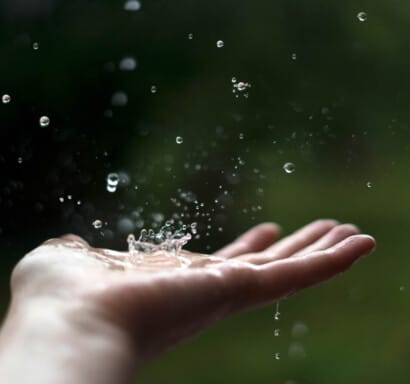Pond Ecology

Overview
Students will get to learn about healthy pond environments in this hands-on experiment class. Students will use nets and microscopes to inspect pond findings, learn about catch and release, and discuss what really makes a pond healthy.
Educational Standards
NGSS-MS-ESS2-4:
Develop a model to describe the cycling of water through Earth’s systems driven by energy from the sun and the force of gravity.
NGSS-5-ESS2-2:
Describe and graph the amounts and percentages of water and fresh water in various reservoirs to provide evidence about the distribution of water on Earth.
NGSS-MS-LS2-1:
Analyze and interpret data to provide evidence for the effects of resource availability on organisms and populations of organisms in an ecosystem.
NGSS-MS-LS2-3:
Develop a model to describe the cycling of matter and flow of energy among living and nonliving parts of an ecosystem.
NGSS-MS-LS2-4:
Construct an argument supported by empirical evidence that changes to physical or biological components of an ecosystem affect populations.
NGSS-5-LS2-1:
Develop a model to describe the movement of matter among plants, animals, Decomposers, and the environment.
HS-LS2-2:
Use mathematical representations to support and revise explanations based on evidence about factors affecting biodiversity and populations in ecosystems of different scales.
NGSS-HS-LS2-6:
Evaluate the claims, evidence, and reasoning that the complex interactions in ecosystems maintain relatively consistent numbers and types of organisms in stable conditions, but changing conditions may result in a new ecosystem.
NGSS-MS-LS2-5:
Evaluate competing design solutions for maintaining biodiversity and ecosystem services



